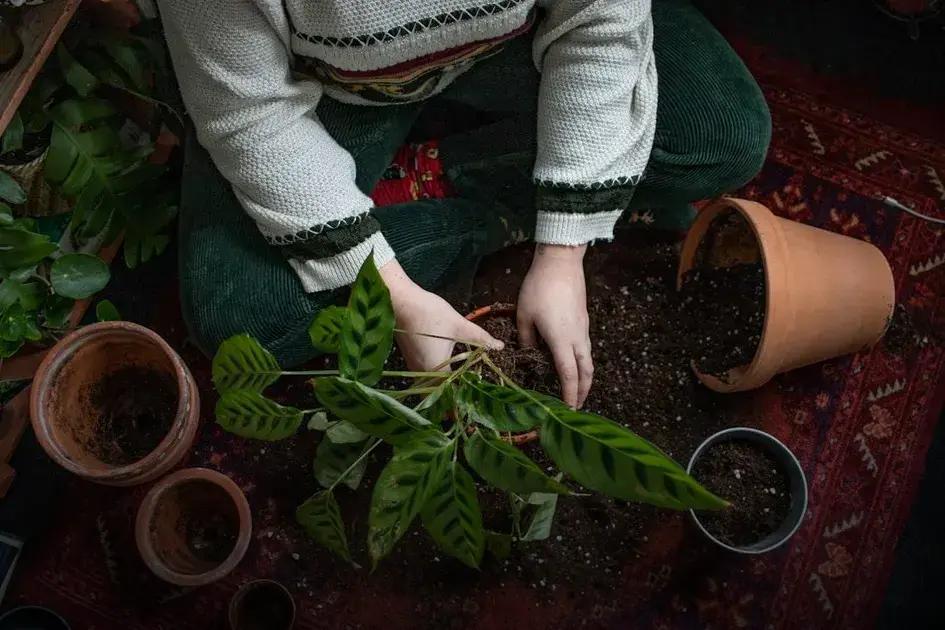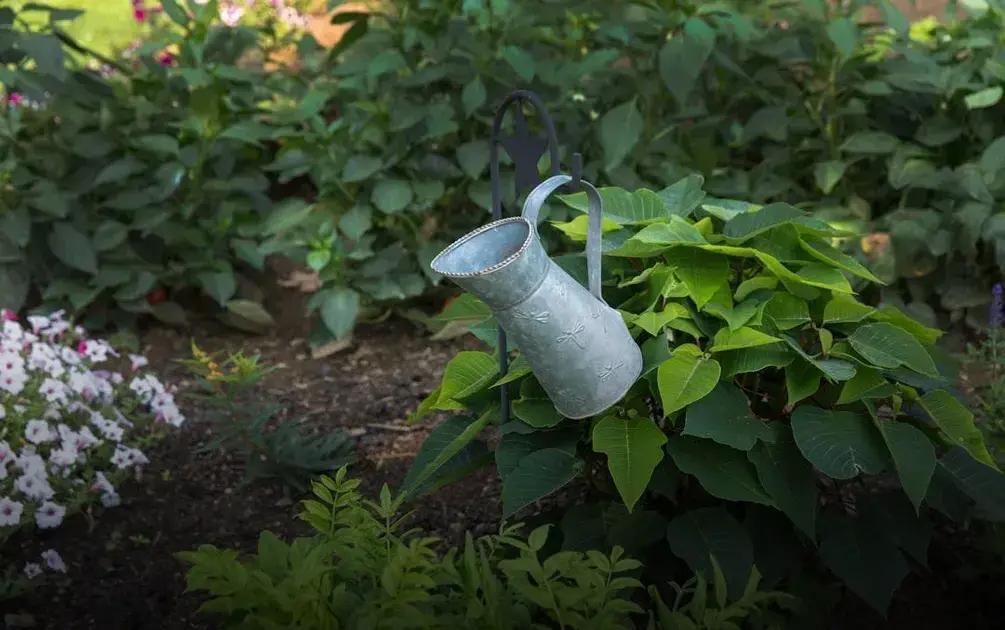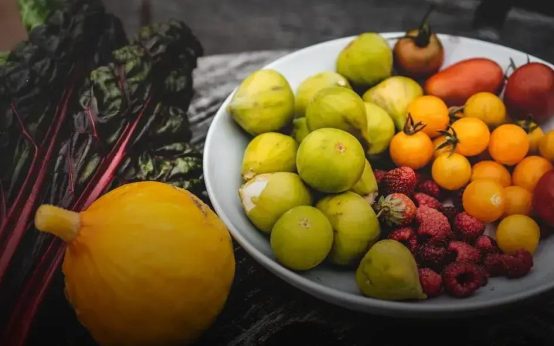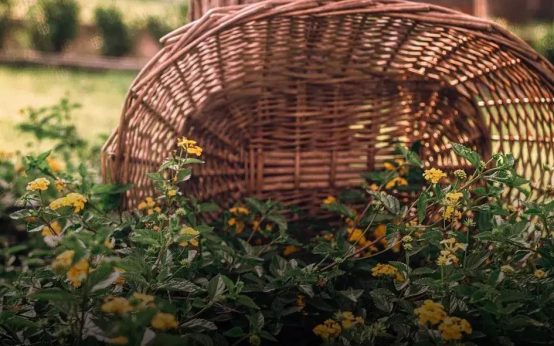Embarking on a home composting journey can seem daunting, but with the right guidance, it transforms into an enriching and eco-friendly hobby. By converting kitchen scraps and garden waste into nutrient-rich soil, you actively contribute to reducing landfill waste while enhancing your garden’s productivity. In this guide, we’ll explore key aspects such as selecting the best composting method, essential tools, and avoiding common mistakes to ensure your success in composting at home.
The Benefits of Composting at Home
Composting at home offers numerous advantages that can benefit both the environment and your household. It is a sustainable practice that reduces landfill waste by decreasing the amount of organic material that ends up in trash cans. When food scraps and yard waste decompose in landfills, they produce methane, a potent greenhouse gas. By composting, you turn these potential pollutants into valuable resources.
Improving soil health is another significant benefit. Compost adds essential nutrients to the soil, enhancing its structure, drainage, and ability to retain moisture. This improved fertility can lead to healthier plant growth, resulting in more vibrant gardens and lush lawns. Additionally, composting can help reduce household waste by up to 30%, which is a considerable amount of material that won’t end up in landfills.
Furthermore, composting can save you money. By producing your own nutrient-rich compost, you can reduce or eliminate the need for chemical fertilizers and soil conditioners-buying less from stores means more savings. It also fosters a sense of community and education; when people share tips and experiences, it spreads awareness about sustainable practices and environmental responsibility.
Choosing the Right Composting Method

When choosing the right composting method, there are several options to consider, each suited to different needs and spaces.
Types of Composting
First, think about how much waste you produce. Backyard composting is ideal if you have a garden or yard space. It involves piling organic waste in a designated area or bin. You need space for a bin that allows airflow and moisture control. Vermicomposting, on the other hand, uses worms to break down organic materials. This method is great for small spaces and can even be done indoors. It’s efficient and produces nutrient-rich compost known as worm castings. For those with limited space or living in apartments, bokashi composting is an excellent alternative. This method involves fermenting food scraps in a special airtight container with inoculated bran. It’s fast and can handle more types of waste, including dairy and meat, which are usually not recommended in other composting methods. Consider also the time you can dedicate to composting. Some methods, like vermicomposting, require more regular maintenance. Evaluate your goals. Do you want to reduce waste, produce compost for gardening, or both? This will guide your decision. Remember to arrange your setup according to the chosen method, ensuring it suits your lifestyle and environment. Keep experimenting until you find the perfect balance that fits your home system.
Essential Tools and Materials
To start composting effectively, it’s crucial to have the right tools and materials on hand. These items will not only make the process smoother but also ensure optimal results. You’ll need a compost bin, which can be bought or homemade. Choose the size based on the space available and how much compost you plan to create.
A pitchfork or sturdy shovel is essential for turning the compost regularly, helping to aerate the pile and speed up decomposition. A kitchen scrap collector is another useful tool, ideally kept in your kitchen for conveniently gathering vegetable peelings and other compostable materials.
It’s also wise to have a reliable thermometer to monitor the compost temperature. Maintaining the right heat level is vital for breaking down materials effectively. To keep track of the moisture level, a moisture meter can be handy. The compost should be moist but not soggy.
Begin by gathering organic materials like fruit peels, vegetable scraps, coffee grounds, and eggshells. These green materials provide nitrogen. You will also need brown materials such as dried leaves, straw, and paper, which provide carbon. Keep a good balance between these two, aiming for a 50/50 mix.
Additionally, having a garden fork or spade will help when it’s time to spread the finished compost in your garden. These tools ensure a smooth process from start to finish, helping you maintain a healthy and effective compost pile right in your own backyard.
Step-by-Step Composting Process

- Selecting a Compost Bin: Choose a compost bin that fits your space and lifestyle. Options include plastic bins, metal containers, and DIY wooden structures. Make sure the bin has proper ventilation.
- Gathering Materials: Collect green and brown organic materials. Green materials include fruit scraps, vegetable peelings, and coffee grounds, while brown materials consist of dry leaves, paper, and twigs.
- Layering Your Compost: Start by adding a layer of brown materials to support drainage and air circulation. Follow with a layer of green materials. Alternate between layers, maintaining a ratio of about two to three parts brown to one part green.
- Aeration and Moisture: Aerate your pile by turning it every few weeks. This improves oxygen flow and speeds up decomposition. The pile should be moist, like a damp sponge, but not soggy.
- Monitoring and Maintenance: Regularly check the temperature and moisture level. Adjust the balance of materials if the pile is too dry or too wet. Keep a chart to track what you add and adjust accordingly.
- Harvesting Compost: In about two to five months, when the compost looks dark, crumbly, and has an earthy smell, it’s ready to use. The finished compost can be sifted to remove larger particles if needed.
Common Composting Mistakes to Avoid
One common mistake in composting is adding too much of one type of material, which can lead to an imbalance in your compost pile.
Balance Green and Brown Materials
It’s important to balance green materials, which are high in nitrogen, like fruit and vegetable scraps, with brown materials, like dry leaves and twigs, which are high in carbon. This helps in creating the right environment for decomposition.
Avoid Adding Non-Compostable Items Another mistake is adding non-compostable items. Things like plastic, meat, and dairy should not be included in your compost, as they can attract pests and cause odors.
Maintain Adequate Moisture Levels
Proper moisture levels are crucial. A compost pile that’s too dry will decompose slowly, while a too-wet pile can become smelly. Aim for a consistency similar to a damp sponge, adjusting with water or dry materials as needed.
Turning the Pile Infrequently Infrequent turning of the compost pile is another mistake that can lead to slow decomposition. Turning the pile regularly introduces air, which is essential for the microbes breaking down the organic material.
Prevent these errors by keeping an eye on the balance, moisture, and managing the contents of your compost, ensuring a healthy and efficient composting process at home.


 Water-Saving Gardening: Top Tips for a Drought-Resistant Yard
Water-Saving Gardening: Top Tips for a Drought-Resistant Yard  Attracting Birds to Your Garden: Plants That Bring Them
Attracting Birds to Your Garden: Plants That Bring Them  Organic Gardening: Growing Without Chemicals Easily
Organic Gardening: Growing Without Chemicals Easily